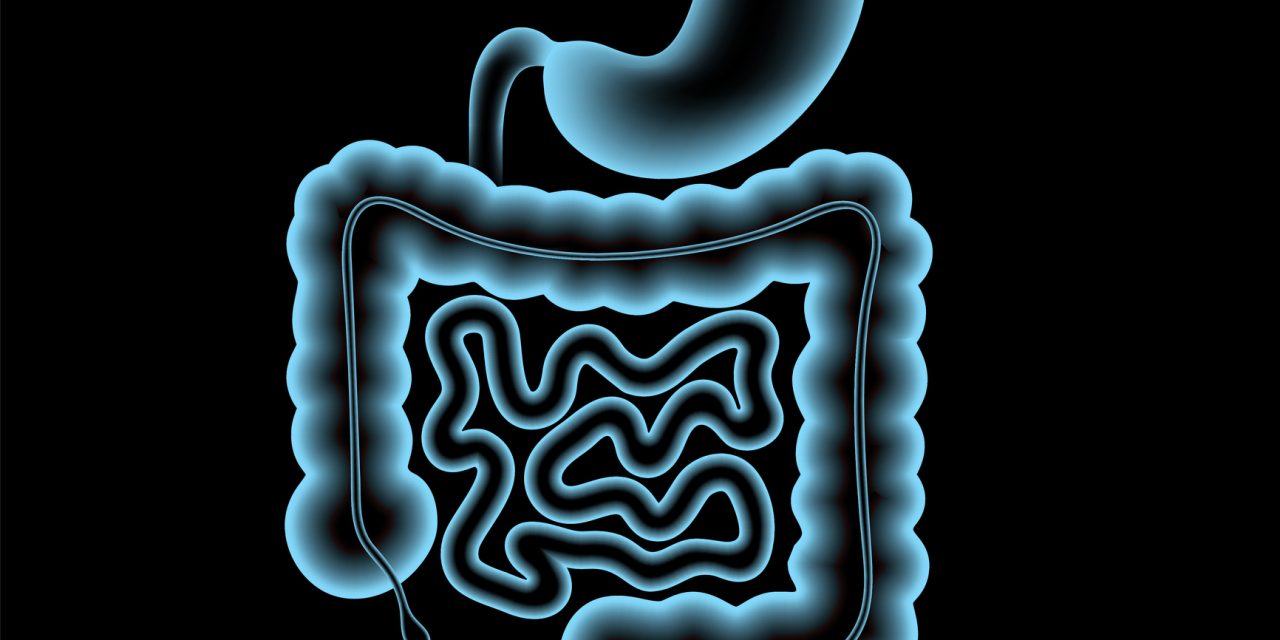Control of bovine viral diarrhea virus (BVDV) relies on resource-intensive sampling to detect and remove persistently infected (PI) cattle. Herd-level surveillance tools would be useful for herds with unknown BVDV status and for monitoring herds with BVDV-free status. Our objective was to determine the feasibility of using stable flies as a sampling tool to detect BVDV at the herd level. Stable flies () were fed citrated blood from either BVDV-PI or BVDV-free cattle to establish pools of 100 flies with various proportions of BVDV-fed flies (0%, 1%, 10%, 20%, 40%, or 100% in each pool). BVDV-fed flies in these pools were harvested either 1, 2, or 3 d after consuming BVDV-PI blood to determine the impact of time after feeding. Two replicates of a 3-d by 6-dilution level matrix were produced. BVDV RNA was consistently detected on day 1 when ≥10% of the flies in the pool consumed PI blood. On days 2 and 3, positive BVDV RNA detection was variable and became less consistent. Our results demonstrate that BVDV RNA can be detected in stable flies after feeding on blood from PI cattle. Successful use of stable flies as a surveillance tool will require validation under field conditions.
Detection of bovine viral diarrhea virus in stable flies following consumption of blood from persistently infected cattle.


